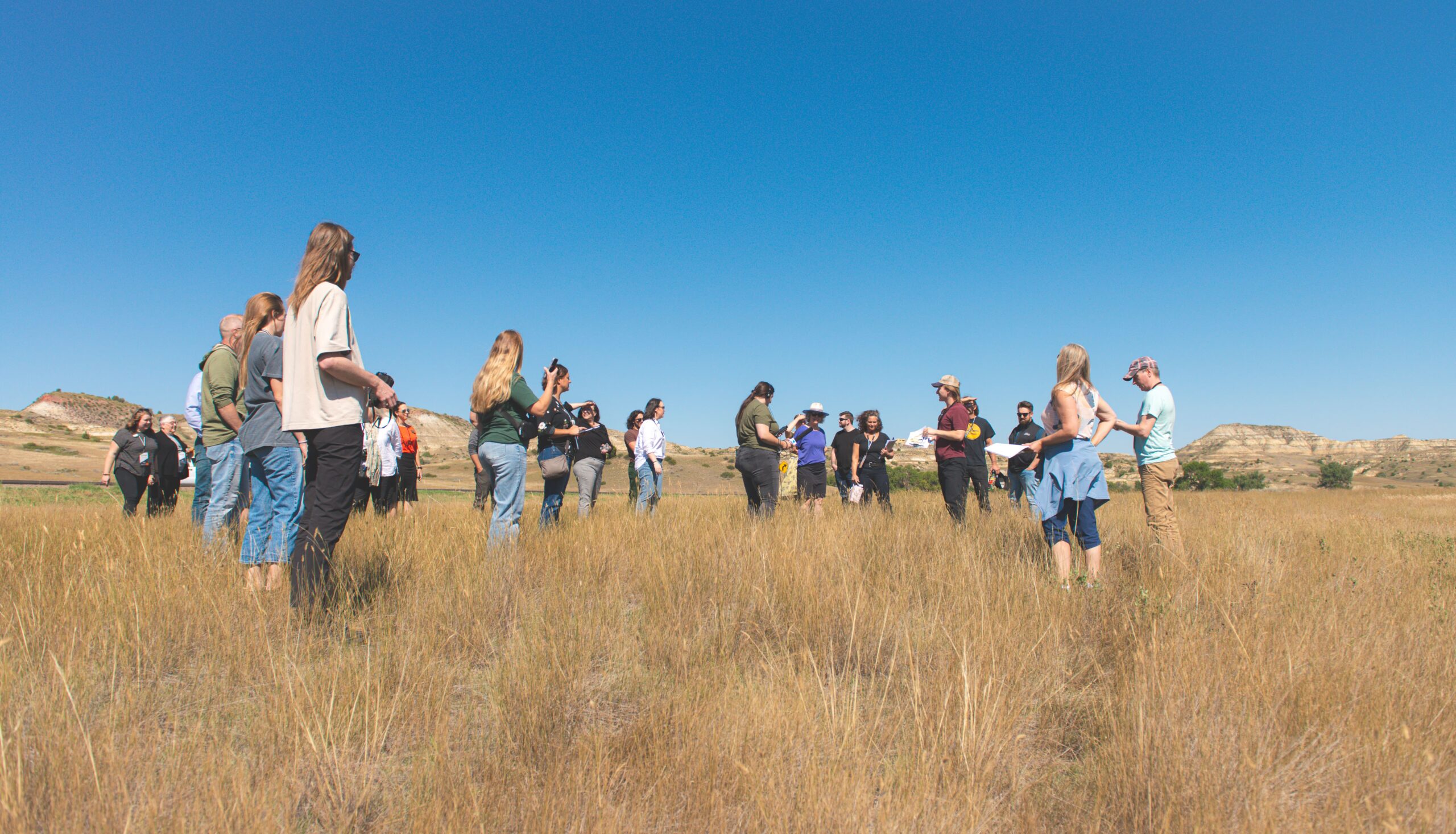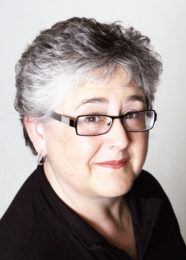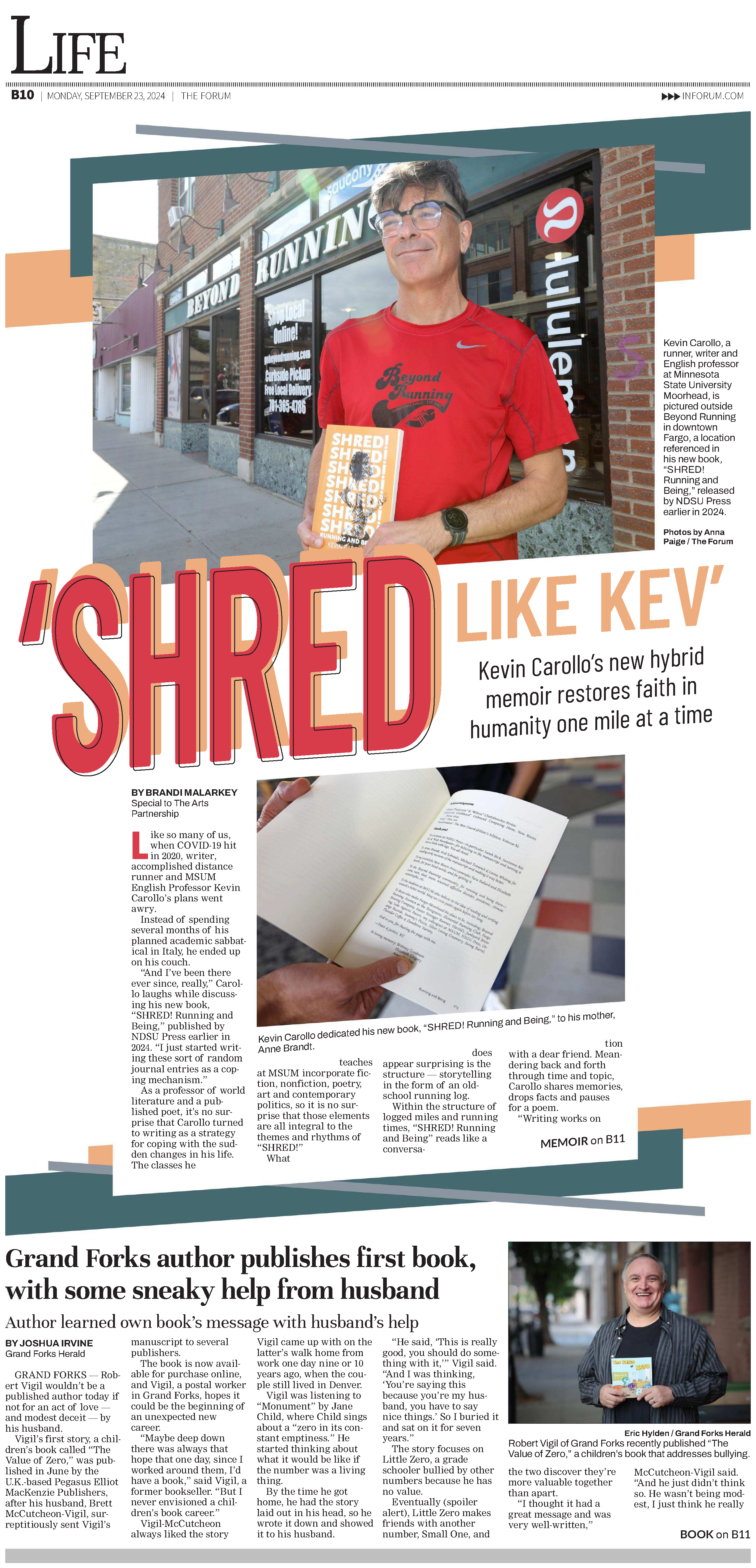By Tania Blanich
Executive Director, The Arts Partnership
Last week, the Fargo City Commission had some tough financial decisions to make.
A proposed amendment to the 2025 budget included cutting programs like the Downtown Community Engagement Center, The Arts Partnership and several others.
For TAP, it was a wake-up call, underscoring the precarious nature of funding for the arts.
As Fargo-Moorhead’s local arts council since 1970, we at TAP understand the arts are typically one of the first sacrifices made when local, state or federal governments need to find ways to save money. It doesn’t make it right, but the reality is that such funding can all go away in the blink of an eye.
Fortunately, Fargo Commissioners approved the budget without the proposed cuts, leaving funding for TAP and other organizations in place. For now, at least.
In the meantime, it is more important than ever that local entities like TAP and statewide ones like the North Dakota Council in the Arts (NDCA) can lead the charge to advocate for the arts.
The arts sector is a partner in statewide growth
In late August, I headed to Watford City, ND, for the biennial Statewide Arts Convening hosted by NDCA. Weeks later, still thinking about what I had learned, I touched base with Jess Christy, who became Executive Director of NDCA in May, to get her perspectives on the conference and learn a little bit more about future directions for the council.
Our conversation helped me, as a local arts sector leader, to reflect on our cities’ approaches to local art and how it can create a sense of place and purpose in ways other sectors cannot.
The arts convening was hosted in collaboration with North Dakota’s Main Street Summit, an annual conference that showcases tools and resources available to North Dakota communities that help build on the unique strengths of our urban and rural towns.
What does art have to do with that? Christy says a lot, and I agree.
“We in the arts know what we do, what we do well and how important it is,” Christy told me. “But others may not see that. That’s why it’s so important to have conversations with those outside of the arts, to show that the arts aren’t just periphery but about quality of life.”
Christy added that partnering with the Main Street Summit allowed for some organic conversations that would not have happened otherwise.
“I certainly had my perspectives widened by having conversations with people from all areas of state government, from universities, from the oil companies,” she said.
Art is at the core of a community’s placemaking efforts
Placemaking, the theme of this year’s conference, is defined by Christy as being about ownership of space and place within the community. She noted, “I can guarantee that every placemaking initiative includes ideas and goals for things to look better, nicer, more beautiful. So that then becomes creative placemaking, with the arts a natural partner.”
Right here in Fargo, Moorhead and West Fargo, for example, we have many murals, sculptures, utility box wraps and other public art displays that have become iconic. Many of them are not what we’d consider “fine art,” but that’s often the point. Artistic placemaking is about telling the unique story about a community’s culture.
Christy added that placemaking art doesn’t have to be expensive, either.
“When we hear the term ’public art,’ many of us think of a lofty sculpture that costs tens or hundreds of thousands. But creative placemaking – and public art – can be so many other things. It can cost nothing. It could cost a can of paint or a box of chalk. It could be a project created by community members to last for an afternoon,” she said.
We hope that solutions become more accessible, too. Christy is working on ways NDCA can help communities implement public art, perhaps by creating templates to share with communities or offering ideas of potential projects for a range of budgets.
ND arts leaders can advocate for effective collaboration across sectors
What has also become apparent since the convening event, the city commission funding predicament, and my discussion with Christy is that there’s a need for deeper advocacy on all levels and for more statewide art partnerships and collaborations, ones that perhaps could be coordinated through NDCA.
“We are a big and dispersed state. NDCA needs to be the bridge, the connector. We need to share ideas, resources, thoughts and support for one another across the state,” Christy told me.
Christy said NDCA hopes to expand and build programming that positively impacts North Dakota residents wherever they live.
“In addition to the money we have to give, we want to and can offer genuine support and resources in other ways. It’s crucial that we create a place for the conversations to happen so that we can pool resources and ideas,” Christy added, alluding to the idea the conferences, summits and workshops are a great way to foster future collaborative work.
Arts Across the Prairie public art program is an exemplary model
I asked Christy to tell me more about the Council’s Arts Across the Prairie program, which was started in 2019 and is Public Art in capital letters.
The program’s aim is to bring large public installation works to eight rural locations across the state. She explained that there is more to the program, not just the eight sculptures, although we agreed that the sculptures alone will be great.
Importantly, the Council has worked to craft a program that goes beyond sculptures. Through the program, North Dakota artists can learn about the public art process in virtual workshops and training, and they can sign on to work directly with one or more of the artist or artists teams to fabricate and install the work.
The majority of artists selected to make Arts Across the Prairie works to date Two of the artist teams selected to make Art Across the Prairie sculptures are from outside the state, which on the surface seems like the opposite of supporting local artists. But Christy said that the council staff has had a lot of internal conversations about how having artists from outside of the state can bolster what’s already happening here. She paraphrased convening speaker Teva Dawson of Group Creative Services: “Sometimes it’s OK to bring in external ideas and perspectives, because it can make our own ideas and perspectives bloom.”
Plus, there are plans for significant community engagement around the sculptures.
For example, the artistic team from Texas plans to incorporate mosaics, creating small tiles made from North Dakota clay and fired in a local North Dakota studio, with community participants helping to mark the tiles.
The arts are here. It’s time to support it.
Christy, who moved away from North Dakota to work in the arts in Chicago, said something really promising: Our state has a strong foundation where the arts can thrive if well supported.
“Chicago’s an amazing city with a robust arts-and-culture scene,” she told me. “I expected to find something different from the art I saw in North Dakota. What I found instead is that there’s just more of it in Chicago, so it feels more robust. It’s great to be back and see what I always knew existed, which is good art.”
She noted that North Dakota creatives should be proud of the fact that, lacking the support structures available to artists in more urban areas, they are not only creatives, but the builders, fundraisers and organizers. I wholeheartedly agree, and city and regional funding, coupled with financial support from private donors, is one way to ensure North Dakota is a place we all love to live.





